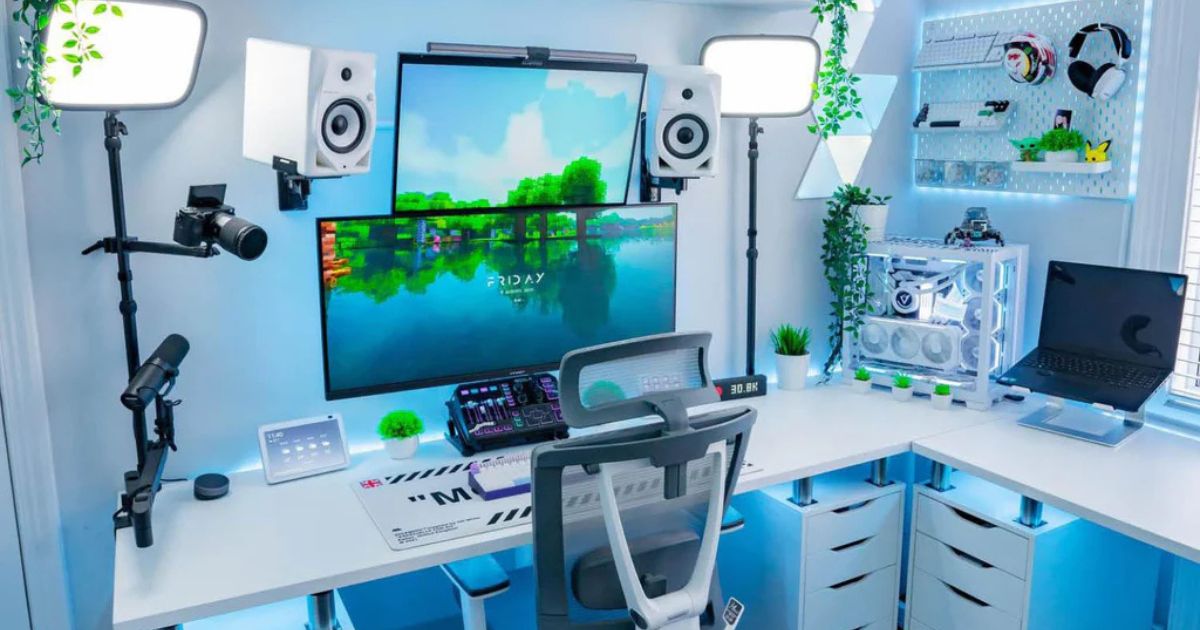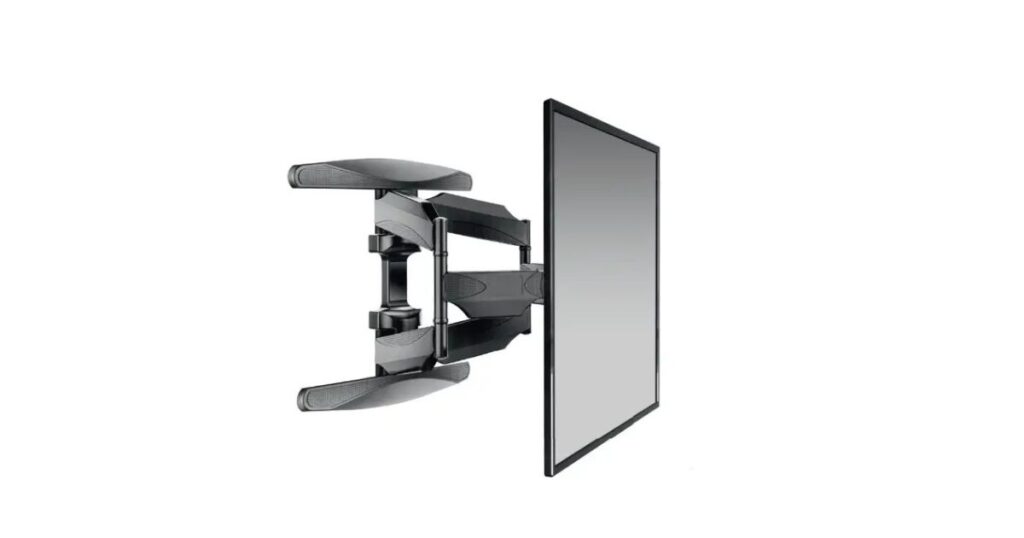Introduction
Mounting your TV on a stand might sound tricky, but it’s actually much easier than most people think. Whether you’ve just bought a new flat-screen or you’re simply changing your room setup, a stand mount is one of the best ways to display your television without needing to drill holes in the wall.
TV stand mounts offer flexibility, style, and convenience. They let you place your TV anywhere you want—whether it’s the living room, bedroom, or office. Plus, they’re perfect for renters or anyone who wants to avoid damaging walls.
In this guide, we’ll walk you through everything you need to know about mounting your TV on a stand. From picking the right tools to adjusting for the perfect view, we’ve got it all covered in simple, easy steps. So, if you’re ready to get your TV up and looking great, let’s get started!
Why Use a TV Stand Mount?
1. Easy to Move
Unlike wall mounts that are fixed in one spot, a TV stand lets you move your TV whenever you want. Effortlessly shift your furniture around or take it along when relocating—no hassle, no heavy lifting.
2. No Drilling Needed
No need to put holes in your walls—keep them perfectly intact. This makes it perfect for renters, dorm rooms, or anyone who wants to avoid permanent changes.
3. Simple to Set Up
Most TV stands come with clear instructions. If you follow the steps carefully, you can finish the job in less than an hour.
What You’ll Need
Before you begin, gather all the tools and parts you’ll need:
-
TV stand mount (with all its parts and screws)
-
Your flat-screen TV
-
Screwdriver or drill
-
Level tool
-
Measuring tape
-
Soft cloth (to avoid scratches)
-
Instruction manual
Check If Your TV and Stand Are Compatible

1. TV Size and Weight
Check the stand’s box or manual to see what size and weight of TV it supports. Make sure your TV fits those limits.
2. VESA Mounting Pattern
VESA is a standard used for TV mounting. Check the mounting holes located on the back of your TV screen. You’ll see they form a square or rectangle—this is the VESA pattern. Your stand must match this pattern.
3. Stand Size and Balance
The stand’s base should be big enough to support the TV without tipping over. If the base is too small, your TV might fall.
Detailed Instructions for Setting Up Your TV on a Stand
Step 1: Open the Box and Lay Out the Parts
Gently unpack the TV stand and spread out all the components on the floor for easy access. Use the manual to check that everything is included. Missing screws or bolts? Don’t continue until you get replacements.
Step 2: Prepare the Work Area
Lay a soft blanket or foam pad on the floor. Place your TV face-down on it to protect the screen.Ensure you have plenty of space to move freely while setting things up.
Step 3: Clean the Back of the TV
Wipe away dust and grime using a soft microfiber cloth for a clean finish. This will help the brackets attach smoothly.
Step 4: Find the Mounting Holes
Locate the threaded mounting holes on the rear panel of your TV. These are where you’ll attach the mounting brackets.
Step 5: Attach the Brackets to the TV
Secure the brackets to your TV using the screws that came with the stand. Don’t overtighten—just make sure they’re snug and secure.
Step 6: Assemble the Stand Base
Follow the manual to put together the base. Usually, you’ll attach the main pole or support column to the base with a few screws.
Step 7: Attach the TV to the Stand
With the help of a second person, lift the TV and carefully place it onto the mounting plate. It might click into place or need to be screwed in. Be gentle!
Step 8: Adjust the TV
Check alignment with a level to ensure your TV sits straight, and tweak the height or tilt if your stand supports adjustments.
Step 9: Secure Everything
Check all screws and connections again. Tighten anything that feels loose.
Step 10: Organize the Cables
Tidy up your cables with clips, zip ties, or covers—not only for a cleaner look but also to avoid tripping hazards.
Helpful Tips for a Great Setup

1. Choose the Right Height
The center of the TV screen should be at eye level when you’re sitting down. This gives you the best viewing experience.
2. Avoid Glare
Avoid positioning your TV directly opposite a window to reduce glare and reflections. Use curtains or shades to reduce reflections.
3. Hide the Cables
Use cable management tools to keep things tidy. No one likes messy wires.
Safety Tips
1. Don’t Exceed the Weight Limit
If your TV is too heavy for the stand, it could fall and get damaged—or hurt someone.
2. Child and Pet Safety
If you have small kids or pets, consider anchoring the stand to the wall. This adds extra stability and reduces the risk of tipping.
3. Place the Stand on a Flat Surface
Avoid uneven floors or soft setup-guide rugs. A flat, hard surface is the safest option.
Other Ways to Mount a TV
Wall Mount
This saves space but requires drilling into the wall. It’s best if you want a permanent setup.
Entertainment Center
These often come with built-in TV stands and offer lots of storage. They’re good for larger rooms.
Ceiling Mount
Rare but useful in certain cases, like in public spaces or for home theaters. Not ideal for most homes.
Taking Care of Your Mounted TV
1. Dust Regularly
Use a soft, dry cloth to clean the TV and stand. Keep the air vents dust-free.
2. Check the Screws
Every few months, check to make sure all screws are still tight. They can loosen over time.
Final Thoughts
Mounting your TV on a stand is a smart, simple way to get the best viewing angle without drilling holes in your wall. It’s perfect for renters, easy to set up, and allows you to move your TV anytime. With just a few tools, some patience, and this guide, you can enjoy your favorite shows and movies in no time.
FAQs
Q1. Can I mount any TV on any stand?
Not all stands fit every TV. Check the VESA pattern and weight limit before buying or mounting.
Q2. What is a VESA pattern?
It’s the standard spacing of mounting holes on the back of your TV. Match this with your stand for a secure fit.
Q3. How high should my TV be on the stand?
The center of the screen should be at your eye level when sitting.
Q4. Are stand mounts as safe as wall mounts?
Yes—if installed properly and not overloaded. Make sure the base is stable and follow safety tips.
